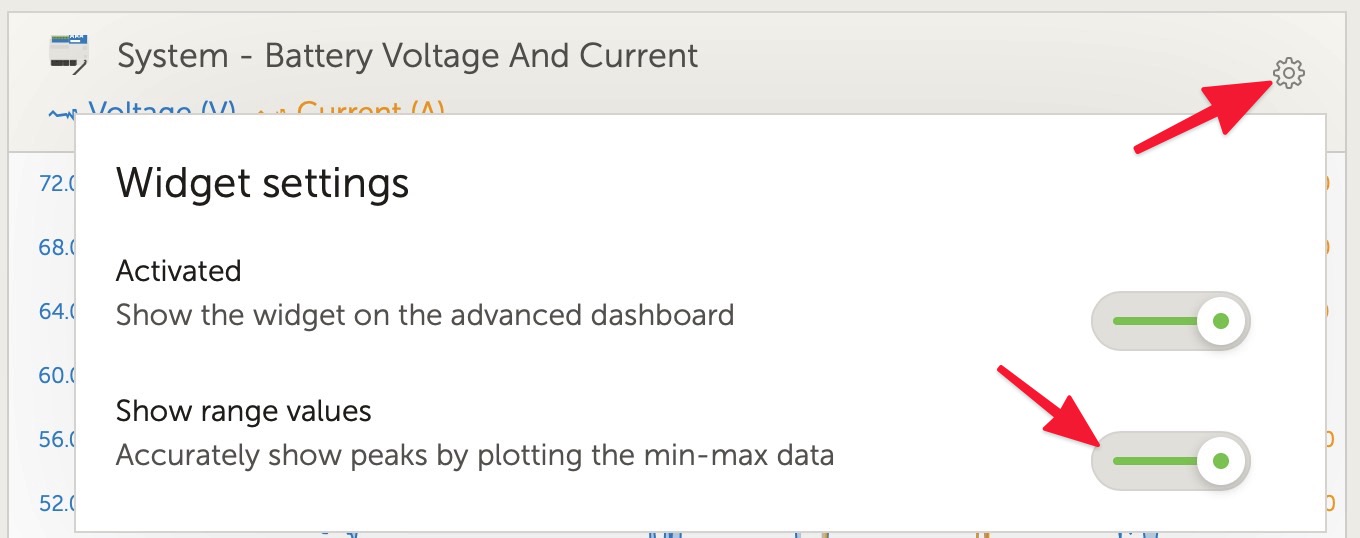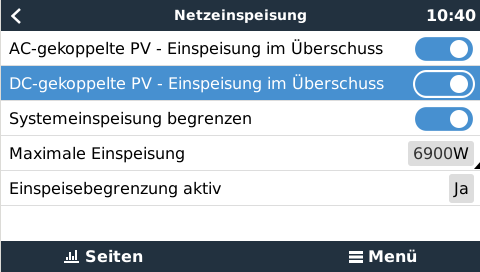Good Day
I have a 3 Phase ESS system with 3 x 10KvA Quattros, 5 x 250v 100a VE Can MPPTs and 560ah of lead acid battery,
Scenario 1)
When set on Battery Life - self consumption - Min SOC 80%-no feedback- the system works well until battery reaches 80% SOC. At this stage the system reverts to feeding from grid directly to load and solar array reduces to almost nil.
Why is solar not supplying load? - There is plenty of sun
Scenario 2)
Same settings - battery at 91.5%, solar putting out 5622w, load is at 9890w. 790w is being taken from battery and 4756w is being taken from grid.
Why is battery not supplying load?
I have a feeling there is an incorrect setting somewhere but cannot find it.
Any Ideas


